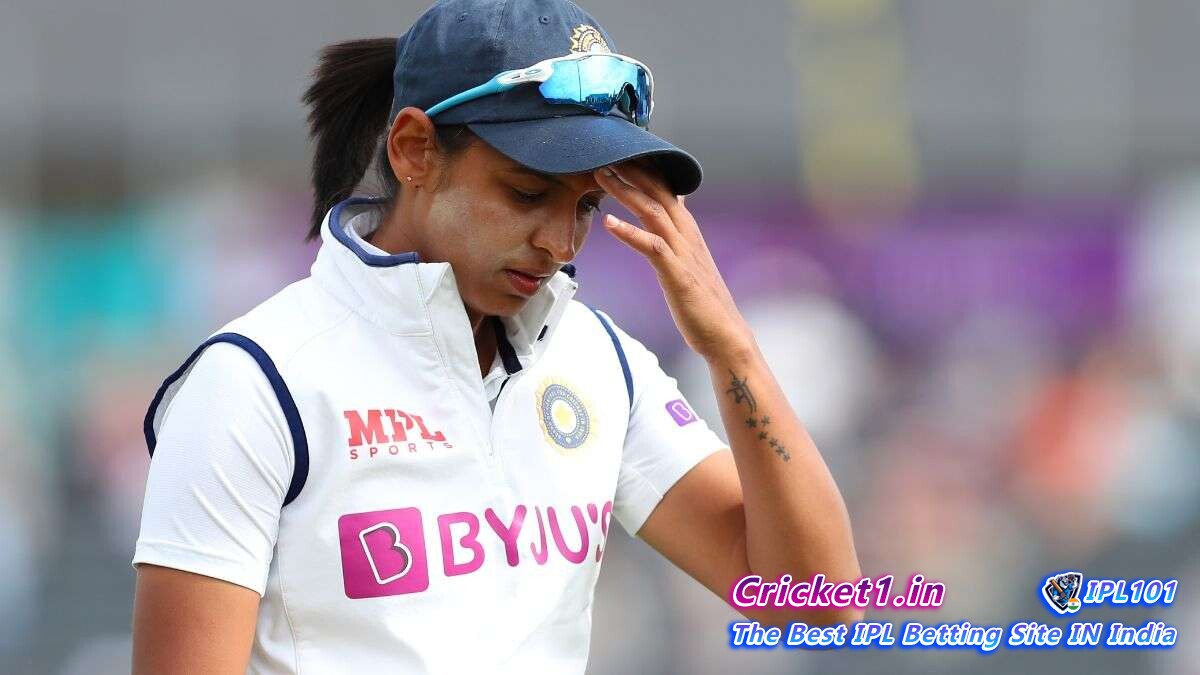
Excitement is brewing in the corridors of Indian women’s cricket as the national team’s captain, Harmanpreet Kaur, gears up to embrace the pristine whites after more than a two-year hiatus. She and her team are set to grace the pitch against England for a Test match commencing on December 14 at the esteemed DY Patil Sports Academy in Navi Mumbai.
This solitary encounter is more than just a cricket match; it is a momentous occasion that revives the legacy of Test cricket—especially for the women—on Indian soil after a long period of nine years. India’s last home Test match was held against the South African team at the Gangothri Glades Cricket Ground in Mysore back in November 2014, under the captaincy of the illustrious Mithali Raj.
Harmanpreet, who is now at the helm at the age of 34, recalls that match with nostalgic pleasure. Although as a batswoman, her score was a modest contribution of 17 runs to India’s formidable first innings score, her performance with the ball was nothing short of remarkable. With her expert off-spin bowling, she dismantled the South African batting order, claiming impressive match figures of 9/85. Her pivotal role in the game led India to a resounding victory over the Proteas by an innings and 34 runs.
Looking ahead, the Indian captain exudes anticipation for the upcoming Test challenges but remains acutely aware of the various hurdles to be faced. Harmanpreet’s current commitments involve her participation in the Women’s Big Bash League (WBBL) with the Melbourne Renegades. She is set to stay on Australian territory until their last league stage match, which is on the schedule for Saturday, November 25.
This arrangement means that she will have a mere 10-day window to switch gears from T20 cricket and gear up for the red-ball series against England. “The Test series is something which we are really looking forward to because I haven’t played in front of a home crowd [since 2014], so I’m really excited for that,” said Harmanpreet in an interview. She expressed her concerns about the shift from white-ball to red-ball cricket—a transition that has not been experienced in domestic cricket back home for many years.
“The challenge for us is to make yourself ready in such a short time,” Harmanpreet added, emphasizing the need for quick adaptation to the longer and more traditional format of the game.
Despite the packed schedule, Harmanpreet considered practicing with the red ball but decided against juggling multiple formats to avoid a clash of techniques and preparations. T20 cricket demands a different arsenal of skills compared to the patience and endurance required for Test cricket. She plans to dedicate those ten days post-WBBL solely to Test preparations.
As the team looks forward to this historic Test match, the cricketing fraternity and fans alike share in the excitement. It stands as an acknowledgment of the growing appeal and support for women’s cricket and potentially marks the beginning of a new era where regular Test matches could become a fixture for women cricketers in India and across the world.
While the challenges are apparent—a short preparation time, transitioning between formats, and the weight of expectations—the stage is set for Harmanpreet Kaur and her team to write a new chapter in Indian women’s cricket history. As the countdown to the landmark match at Navi Mumbai continues, all eyes will be on the Indian skipper as she dons her whites, ready to inspire the next generation of cricketers in India and beyond.

